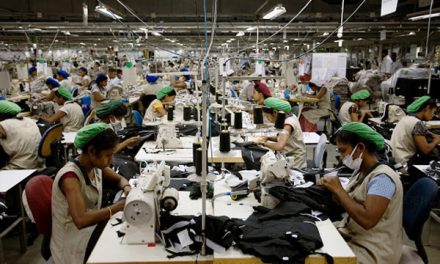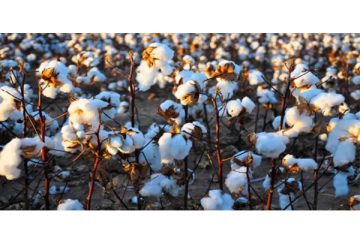 Asia’s synthetic yarn market set for steady growth, driven by rising demand in Vietnam and Bangladesh. The synthetic yarn market in Asia is poised for steady growth over the next decade, buoyed by increasing demand across major textile-producing nations.
Asia’s synthetic yarn market set for steady growth, driven by rising demand in Vietnam and Bangladesh. The synthetic yarn market in Asia is poised for steady growth over the next decade, buoyed by increasing demand across major textile-producing nations.
According to recent market data, the sector is expected to grow at a compound annual growth rate (CAGR) of 1.2% in volume and 1.9% in value from 2024 to 2035, reaching 4 million tonnes in volume and a market value of US $14.8 billion by 2035.
Vietnam emerged as the largest consumer of synthetic yarn in 2024, accounting for 1.2 million tonnes, or 35% of the region’s total consumption. Vietnam’s usage was double that of India, which consumed 603,000 tonnes, while China followed with 522,000 tonnes (15% share).
In value terms, Vietnam also led the market with US $4 billion, followed by India at US $2 billion, and Turkey in third position.
Production was heavily concentrated in three countries: China (1.4 million tonnes), Vietnam (1.3 million tonnes), and India (690,000 tonnes), which together accounted for 77% of Asia’s total synthetic yarn output in 2024.
Bangladesh has become the largest importer of synthetic or artificial staple fibre yarn in Asia, importing 180,000 tonnes in 2024—accounting for 27% of all regional imports in value at US $682 million. Other major importers included India (US $259 million, 10%), Turkey (10%), South Korea, and Vietnam.
In volume, these top five importers—Bangladesh, India, Turkey, South Korea, and Vietnam—collectively made up 68% of all synthetic yarn imports in the region.
China maintained its position as Asia’s top exporter of synthetic yarn, shipping 849,000 tonnes in 2024—54% of the region’s total exports. India followed with 208,000 tonnes (13%), while Indonesia, Vietnam, and Turkey each held shares between 7–9%. In value terms, China accounted for US $2.4 billion, or 52% of total exports, with Turkey and India ranking second and third, with US $642 million (14%) and 12% share, respectively.
The synthetic yarn industry in Asia is expected to witness gradual but consistent growth over the next decade, as regional manufacturers respond to global demand trends, cost pressures, and shifting consumer preferences.
The surge in demand is likely to be supported by ongoing investment in textile production infrastructure, rising consumption in emerging markets, and strategic sourcing shifts within global supply chains.
With Vietnam and Bangladesh leading in consumption and imports, and China, India, and Turkey dominating production and export, the synthetic yarn ecosystem in Asia is well-positioned to remain a key player in the global textile value chain.
















